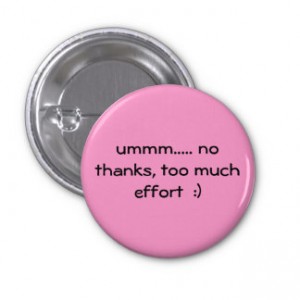There’s no need to measure customer effort

If it feels wrong it probably is
Measurement of the right customer experiences in a way that fuels a rolling programme of improvement is, of course, essential. To measure customer effort is to monitor one of the symptoms of our customer experiences but it is nonetheless very challenging to get right. Setting up reliable and timely surveys can be a complex task but by changing the mindset there is another option for organisations looking to head down the customer effort path: simply believe that any effort is too much effort. And the biggest clues about whether there is too much effort are often much closer than we think.
When we’re ill we don’t need a thermometer reading to tell us we have a temperature. When it rains we don’t need to know how many millimetres fell to tell us we got soaked. And we don’t need a metric to tell us that a customer experience is more effort than it should be. We know when things are wrong, we have the signs and we build the processes; we don’t need to measure it to know it’s there.
If there is an element of effort then there is already a problem. It doesn’t matter what the scale or metrics say. If things could be easier for customers then there are commercial decisions to be made. Why is not easier? Are we happy to put customers through that and keep our fingers crossed that it is not, or will not become, a competitive disadvantage? A company that doesn’t bother to put the effort in itself will simply transfer that effort to customers with inevitable consequences.
By way of example, I recently flew from London to Warsaw to speak at a customer experience conference. I was impressed with the airport, Heathrow’s relatively new T2. It was quick and easy, clean and friendly. It didn’t need to be any more than that. I got lucky on the flight too, a new 787 Dreamliner which was half empty. So far so good. It reminded me of Amazon’s perspective that the best experience is no experience. Zero effort.

Good news – suitcase is found. Bad news – zips broken, padlock missing and a whole heap of effort awaits
But when I went to pick up my bag from the luggage carousel it wasn’t there. The world has greater problems on its mind but for me at that time, late at night and with no clothes for my presentation in the morning other than what I stood in, it wasn’t what I needed.
There were no instructions though about what happens next, no empathy to the position I’m in. Next morning I present my keynote in the same clothes but at least have an opening story at my and the airline’s expense.
Fast forward a few days and my bag is returned home. My relief was short lived as the lock had been prised apart. The zips are damaged beyond repair, the padlock is missing and the bag has obviously been opened. I contact the airport but get no apology, just a reply blaming the airline and a link to the airline’s contact details. Except that it’s a list of all airlines who fly out of that airport and the contact details are simply their web addresses.

They shouldn’t need to measure the customer effort. There is enough evidence internally without having to ask their customers what they are like to do business with. They shouldn’t need to because they have designed processes that – sometimes unintentionally – put more effort onto the customer. And that should be an alarm bell ringing loudly enough without the need to know how many decibels it is.
As far as my bag is concerned, I might decide to give in and put it down to a bad experience because it’s neither time nor effort well spent. Cynics might say that’s what they want, to make the experience so difficult that people don’t bother. It will keep their costs down after all and keep the wrong processes working perfectly.



Leave a Reply
Want to join the discussion?Feel free to contribute!